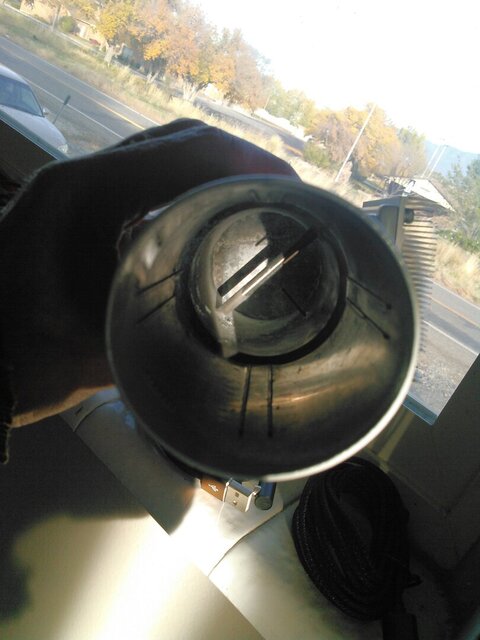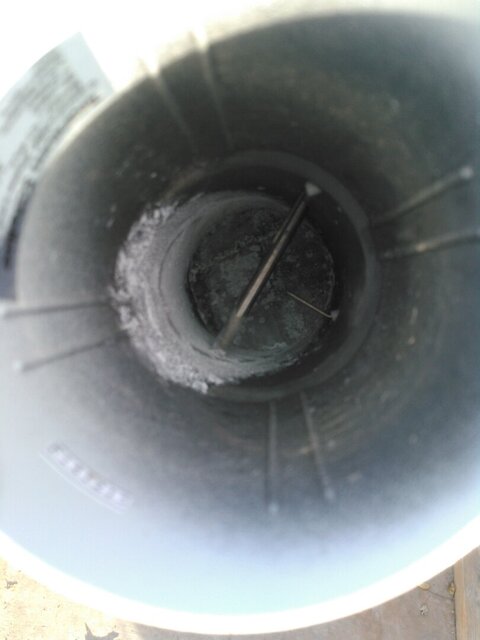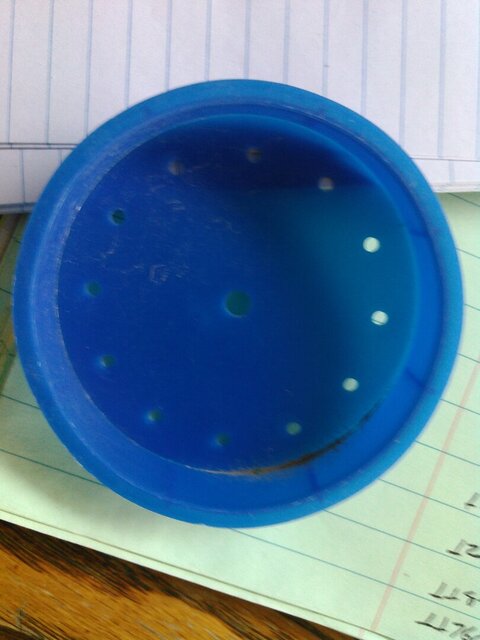C/Ku LNBF Combination....your experience?
- Thread starter lawdog71
- Start date
- Latest activity Latest activity:
- Replies 36
- Views 5K
You are using an out of date browser. It may not display this or other websites correctly.
You should upgrade or use an alternative browser.
You should upgrade or use an alternative browser.
While they will work there is usually a trade-off in reception quality. Personally, I would rather have separate lnbf/dishes for ku and c band. If you decide to give one a try don't expect miracles.I am thinking about purchasing a C/Ku Combination LNBF. What is your experience with using one and recommendation(s) for purchase?
~s

They work, but not anywhere near as well as separate C and KU dishes. Though I didn't think there were any combo lnb's left on the market to even buy.
When you set it up you will find in tuning the LNB that you will get C band well or KU band well, but when you adjust one it will take away from the other.
Welp...I made my decision....not gonna waste my money just gotta get some more dishes.
~s
~s
Welp...I made my decision....not gonna waste my money just gotta get some more dishes.
~s
Works for me. 5 degree offset from C Band tp's. Ku lnbf is a Maverick.
Offset because the button hook feed mounting obliterated Ku signal.
I'm sure a support arm mounting with the dish center open would have let me aim close to dead nuts.
Problem is I have an off-set dish and
I'm using an offset dish and have to use conical scaler (for stronger sig), tried using flat scaler but get about 10% sig loss.
I'm also being "challenged" with getting Vertical signal on any bird. Think might have a bad LNBF so ordered another. Any troubleshooting suggestions? I've rotated it 360deg trying to get vertical with no joy.
Rotate it 90 degrees. Rotating it 360 will bring you back where you started. LOL
Yea, meant to say I've rotated 5deg all the way thru (to 360) re-testing using V8 Sat finder and the Vertical channels 'Fail'. Have good sig strength on V & H but still not 'locking in' on Verticals.Rotate it 90 degrees. Rotating it 360 will bring you back where you started. LOL
I baselined mine just as it should be. Point the dish as high as it will go in the arc and align the lnb with the 0 mark.
A bit tougher to do with a fixed dish of course.
And your receiver settings? How is the lnb setup in the menu?
Did I miss something?
A bit tougher to do with a fixed dish of course.
What kind of lnb is "it"?Yea, meant to say I've rotated 5deg all the way thru (to 360) re-testing using V8 Sat finder and the Vertical channels 'Fail'. Have good sig strength on V & H but still not 'locking in' on Verticals.
And your receiver settings? How is the lnb setup in the menu?
Did I miss something?
To test for vertical TP reception using the horizontal probe and electronics:
Change an active Vertical TP to a Horizontal in the V8 satellite meter ( keep same parameters but change the LNB voltage from 13Vdc to 18Vdc). Rotate the Skew 90 from the normal position. Does the vertical transponder lock and scan?
Change an active Vertical TP to a Horizontal in the V8 satellite meter ( keep same parameters but change the LNB voltage from 13Vdc to 18Vdc). Rotate the Skew 90 from the normal position. Does the vertical transponder lock and scan?
I think I found my C-band problem, we've been getting lotsa rain lately (and some snow). I pulled the LNBF and took off the cover and found calcium deposits inside. Can I use CLR to clean it out?
You can tell by the cover it appears to be a engineering issue as there are holes thru out the cover and of course the water drains down and collects in it.
You can tell by the cover it appears to be a engineering issue as there are holes thru out the cover and of course the water drains down and collects in it.
Attachments
How does the water travel "DOWN" and get collected there? Is this on an off-set small dish, where the lnbf is inverted?I think I found my C-band problem, we've been getting lotsa rain lately (and some snow). I pulled the LNBF and took off the cover and found calcium deposits inside. Can I use CLR to clean it out?
You can tell by the cover it appears to be a engineering issue as there are holes thru out the cover and of course the water drains down and collects in it.
If so, leave the holes alone in the lnb cover, drill a small weep hole though the waveguide of the lnbf, down on the "bottom" close to where the antenna probes are. On the side where water will run out towards the ground when it's aimed correctly. Of course, do NOT hit the antenna probes with the drill when you do this! A small weep hole there shouldn't cause any signal issues.
It's best to try to scrape out the calcium deposits manually, perhaps with a long sharp wooden or plastic stick (softer than the metal) so as not to damage the metal. VERY carefully! You don't have to get 100% of it removed, just do the best you can and see how it goes.
Yea it is on a GeoSatPro Offset 120cm. I get alot of westerly winds, so the precipitation is "blowing" directly/indirectly into scaler/LNBF.How does the water travel "DOWN" and get collected there? Is this on an off-set small dish, where the lnbf is inverted?
If so, leave the holes alone in the lnb cover, drill a small weep hole though the waveguide of the lnbf, down on the "bottom" close to where the antenna probes are. On the side where water will run out towards the ground when it's aimed correctly. Of course, do NOT hit the antenna probes with the drill when you do this! A small weep hole there shouldn't cause any signal issues.
It's best to try to scrape out the calcium deposits manually, perhaps with a long sharp wooden or plastic stick (softer than the metal) so as not to damage the metal. VERY carefully! You don't have to get 100% of it removed, just do the best you can and see how it goes.
I was able to blind scan SES3 today and it picked-up the transponders but no signal/lock on any of them. That when I noticed the deposits.
So 1/8" hole will work?
~s
The vertical probe is probably shorted to the feedhorn. Once the deposit is scraped away, the LNBF may function again.
It is likely that standing water in the feed may have entered the electronics cavity and permanently damaged components.
In this non-standard install, Primestar31 provided good advice on keeping the feedhorn free of standing water. In addition, many offset dish mini BUD projects also use a plastic lid (margarine tub) on the conical scalar to keep water off of the feedhorn cap.
It is likely that standing water in the feed may have entered the electronics cavity and permanently damaged components.
In this non-standard install, Primestar31 provided good advice on keeping the feedhorn free of standing water. In addition, many offset dish mini BUD projects also use a plastic lid (margarine tub) on the conical scalar to keep water off of the feedhorn cap.
Yea, combination of H20 and voltage....that what it looks like.Wow! errr....aluminum oxide maybe? Either way, scrape it carefully and Lime Away or phosphoric acid (metal roof cleaner) with neoprene gloves and eye protection. Or as cheap as they are bite the bullet.
Similar threads
- Replies
- 34
- Views
- 4K
- Replies
- 9
- Views
- 490
- Replies
- 9
- Views
- 193
- Replies
- 3
- Views
- 678




